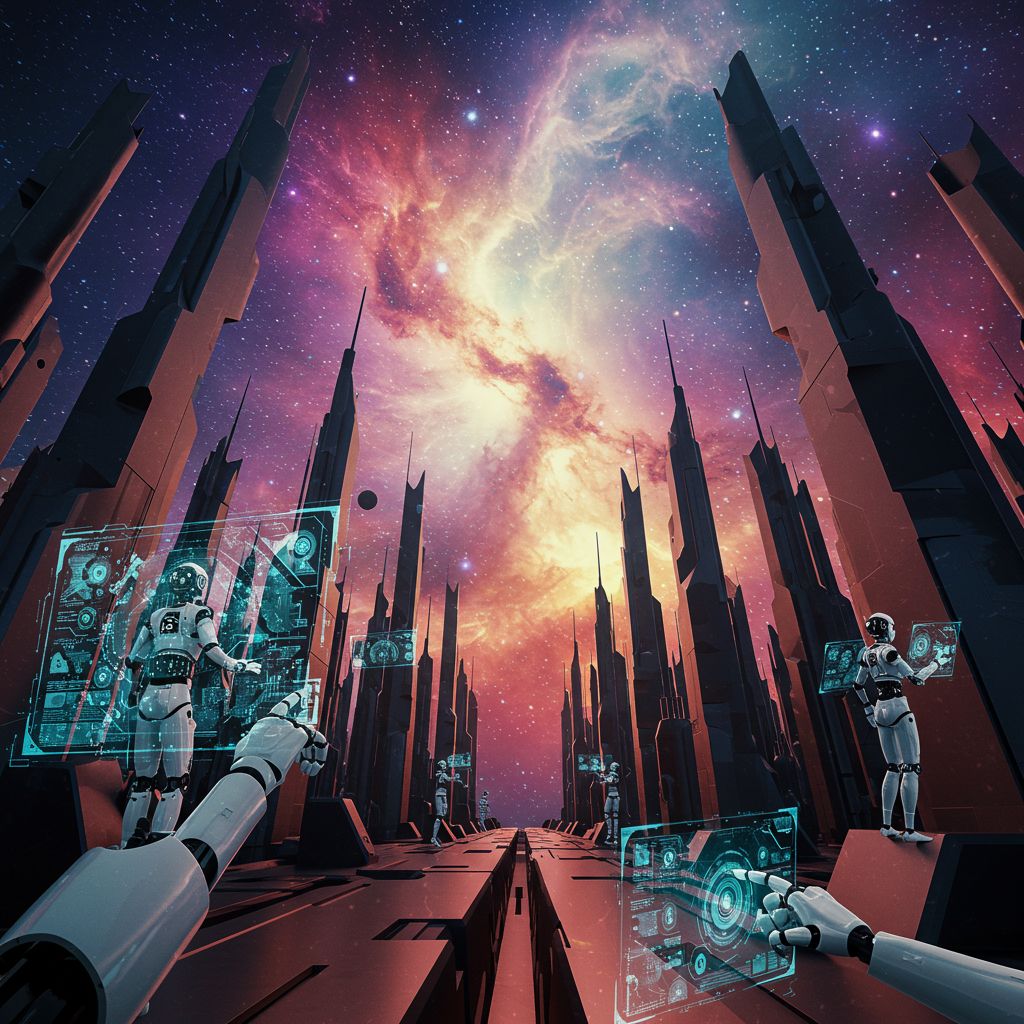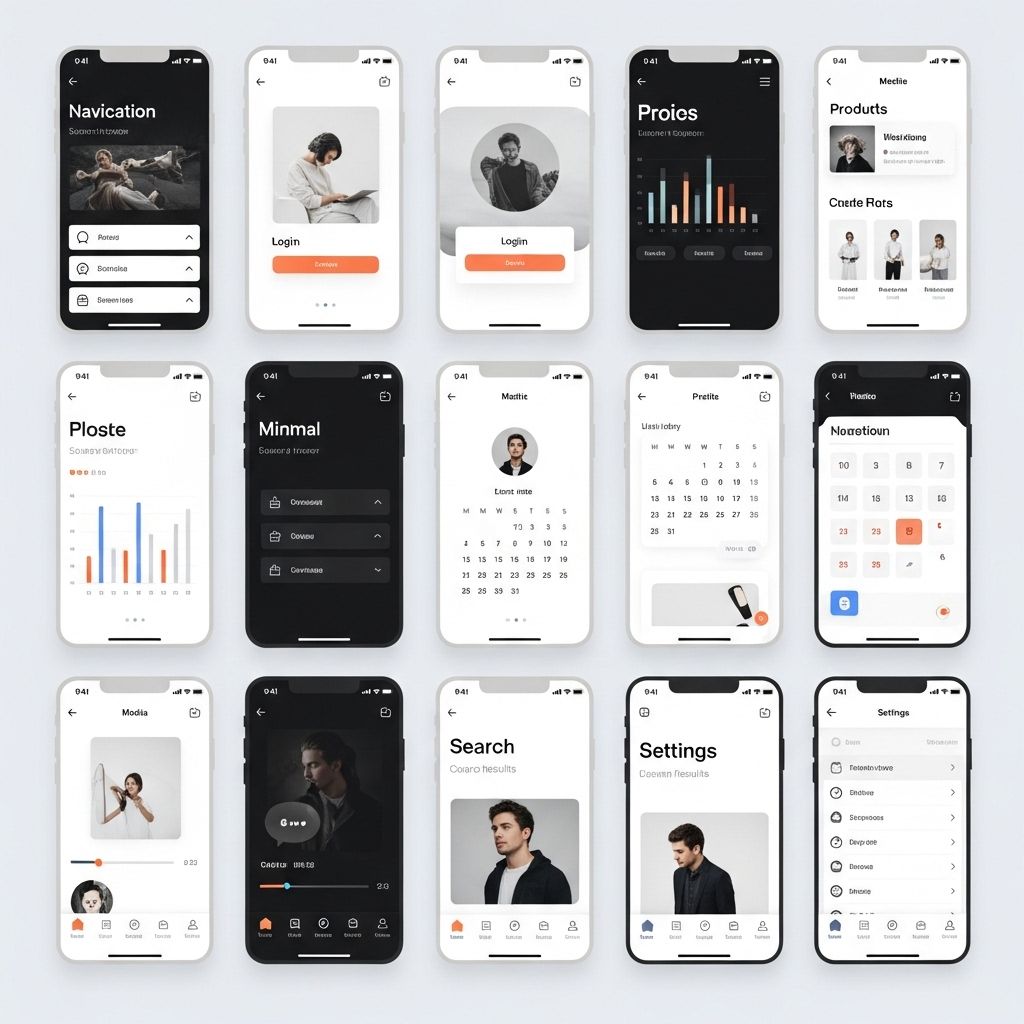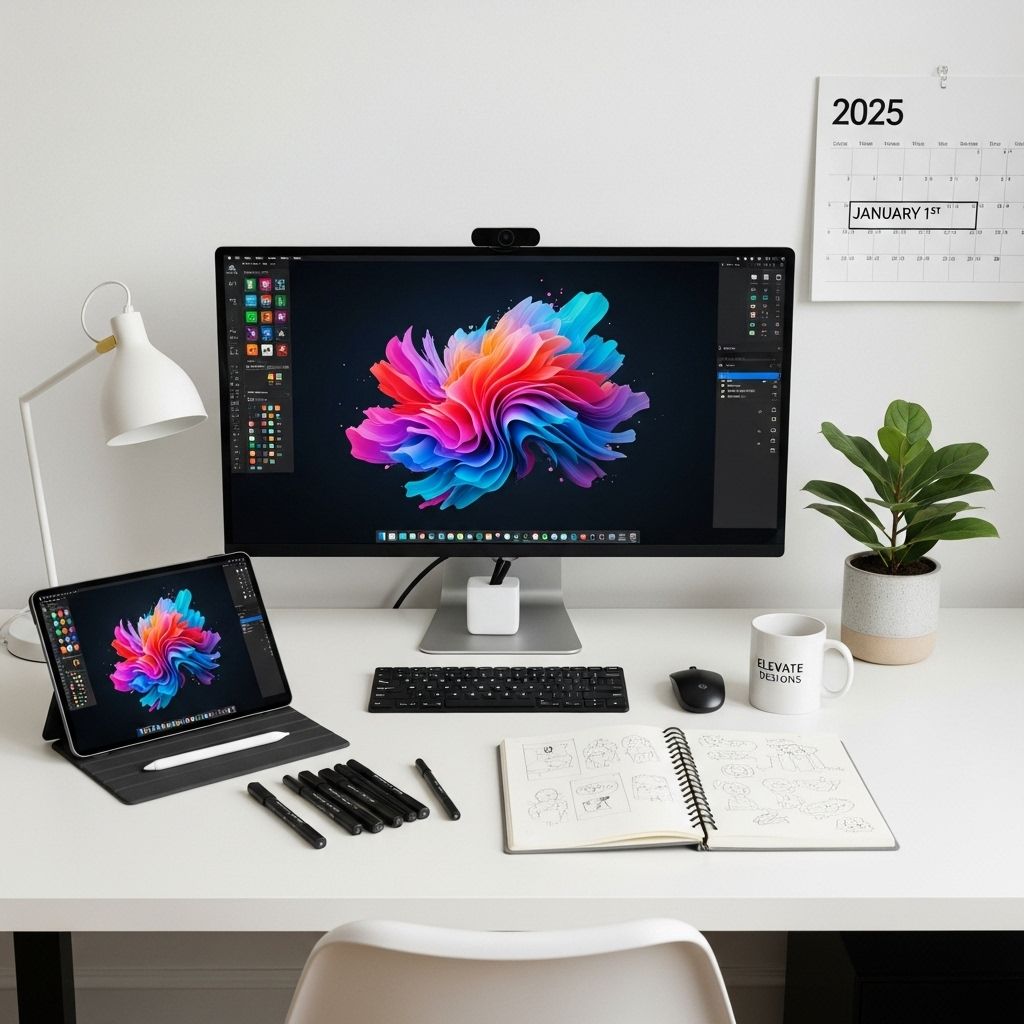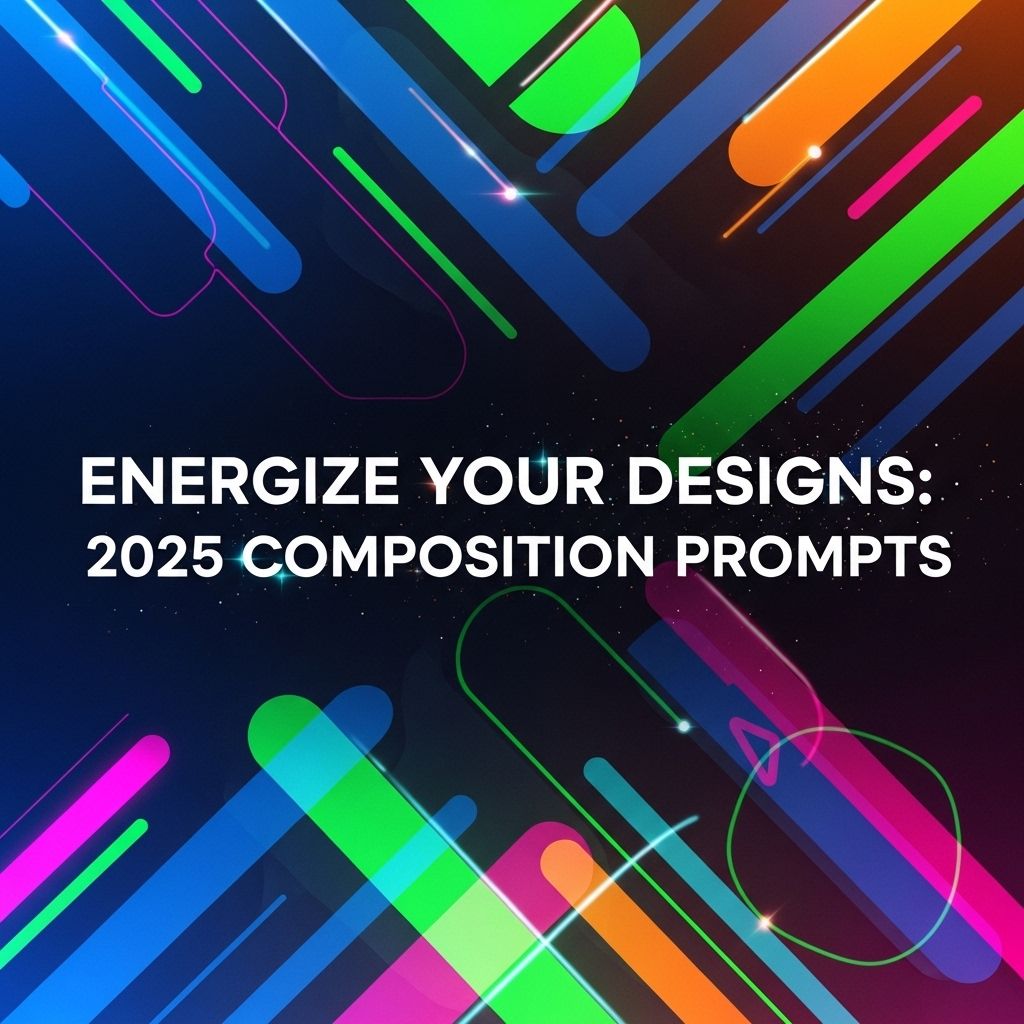The landscape of design and creativity is rapidly evolving, and artificial intelligence (AI) has emerged as a transformative force. As we look toward 2025, the integration of AI in design processes promises to unlock new realms of creativity, enabling designers to push boundaries and explore innovative ideas. In this article, we will delve into AI design prompts that can inspire creators, enhance workflows, and revolutionize the design industry.
Understanding AI in Design
Artificial intelligence encompasses a variety of technologies that enable machines to mimic human intelligence, including learning, reasoning, and self-correction. In the realm of design, AI can assist in various ways:
- Automation of Repetitive Tasks: AI can handle mundane tasks like resizing images or converting file formats, allowing designers to focus on more creative aspects of their work.
- Personalized User Experiences: AI can analyze user data to create tailored experiences, enhancing user engagement.
- Generative Design: Tools powered by AI can generate multiple design alternatives based on specified parameters, accelerating the brainstorming process.
Creative AI Design Prompts
1. Themed Collections
Creating a themed collection can spark creativity. Here are some prompts:
- Nature-Inspired: Design a series of graphics or products that mimic natural forms and colors.
- Futuristic Minimalism: Create a sleek, minimalistic design that embodies futuristic elements.
- Cultural Fusion: Combine design elements from different cultures into a cohesive piece.
2. Interactive Installations
Think about how design interacts with users in real-time:
- Augmented Reality: Develop an AR installation that transforms public spaces with interactive graphics.
- Responsive Environments: Create an installation that changes based on user movements or inputs.
3. AI-Driven Visual Art
Leverage AI tools to create captivating visual art:
Use platforms like DALL-E or Midjourney to generate unique artworks based on your input prompts. Here’s how to structure your prompts:
| Aspect | Examples |
|---|---|
| Style | Surrealism, Impressionism, Modernism |
| Subject | Landscapes, Portraits, Abstract Forms |
| Color Palette | Monochromatic, Pastels, Vivid |
AI Tools to Enhance Your Design Process
Several AI tools are available that can significantly enhance the design process:
1. Adobe Sensei
Adobe’s AI engine offers intelligent features for image editing, video production, and design layout adjustments. Its ability to learn from user preferences makes it a powerful asset for designers.
2. Canva’s Magic Write
Canva’s AI feature can generate text content for design projects, streamlining the process of creating promotional materials, social media posts, and more.
3. Figma with AI Plugins
Figma allows for collaboration and offers AI-driven plugins that can automate design elements, suggesting layouts or color schemes based on user input.
Collaborative Design Using AI
Collaboration is key in the design world, and AI can facilitate teamwork:
- Shared Workspaces: Tools like Miro can be enhanced with AI to suggest improvements in team brainstorming sessions.
- AI-generated Feedback: Use AI tools to analyze designs and provide constructive criticism based on user data and trends.
Challenges and Considerations
While AI presents numerous opportunities, there are challenges designers should consider:
- Over-reliance on AI: It’s essential to maintain the human touch in design, as creativity often stems from personal experiences and emotions.
- Ethical Concerns: Designers must navigate issues related to copyright and ownership of AI-generated content.
- Quality Control: AI tools can sometimes produce unexpected results, necessitating careful review and refinement by the designer.
Future Trends in AI Design
As we approach 2025, several trends are expected to shape the future of AI in design:
1. Enhanced Personalization
With advancements in machine learning, designers will be able to create even more personalized experiences, adapting designs to user preferences in real-time.
2. Greater Integration of AI Ethics
The design community will increasingly focus on ethics, ensuring that AI tools are used responsibly and transparently.
3. Collaborative AI
Future AI tools will not only assist in design but will also collaborate with designers, contributing ideas and suggestions during the creative process.
Conclusion
The intersection of AI and creativity is paving the way for unprecedented opportunities in the design realm. By embracing AI design prompts and tools, designers can unlock their creativity, enhance their workflows, and ultimately produce innovative designs that resonate with audiences. As we look forward to 2025, it is clear that the future of design is not just human-driven, but a harmonious blend of human ingenuity and artificial intelligence.
FAQ
What are AI design prompts?
AI design prompts are suggestions or ideas generated by artificial intelligence to inspire creativity in various design projects, including graphic design, product design, and more.
How can I use AI design prompts in my projects?
You can use AI design prompts as a starting point for brainstorming, sketching, or developing concepts in your projects. They can help overcome creative blocks and spark new ideas.
What benefits do AI design prompts offer to designers?
AI design prompts offer several benefits, including enhancing creativity, providing fresh perspectives, saving time in the brainstorming process, and helping designers explore unconventional ideas.
Are AI design prompts suitable for beginners?
Yes, AI design prompts are suitable for beginners as they can provide guidance and inspiration, making it easier to start and navigate the design process.
Can AI design prompts be customized for specific industries?
Absolutely! AI design prompts can be tailored to suit specific industries, ensuring that the suggestions are relevant and aligned with particular design needs and trends.
Where can I find AI design prompts for 2025?
You can find AI design prompts for 2025 through various online platforms, design communities, and specialized AI tools that focus on creative inspiration and design ideation.




